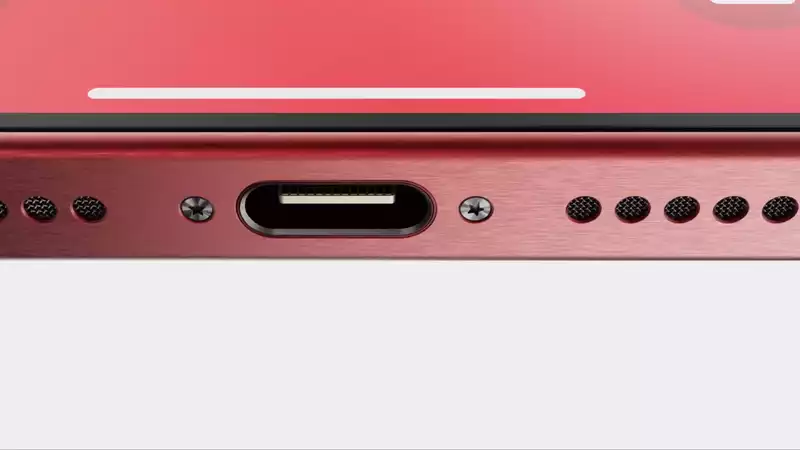When Apple unveils the iPhone 15 at its Wonderlust product event on Tuesday (September 12), these new models will include a USB-C port that you probably thought the iPhone would never have. At this announcement, Apple executives will detail the benefits of the switch to USB-C, explaining that it is a major step forward for both the iPhone and those who rely on Apple phones.
One thing Apple fails to mention: Apple is making this change at the point of a bayonet.
Apple has not decided on its own to discontinue the Lightning port on its phones. Rather, it was dictated by European regulators who passed a requirement that all devices sold in Europe use a common charging standard; the EU required companies to comply with this rule by the end of 2024, which means Apple made the switch early, but when the regulation was being formulated This is something the company would not have done otherwise, as evidenced by the fact that the company vehemently opposed it.
I mention this now because Apple surely does not intend to do so during Tuesday's big product launch. Rather, Apple's instinct is to act as if everything was their idea all along; as Bloomberg's Mark Gurman noted in his column on the iPhone 15's move to USB-C, "When announcing a new product, or responding to the media, Apple is always in a strong position. Apple always likes to act from a position of strength."
One does not have to search too deeply into Apple's history to find examples of the company taking a positive approach to moves it did not necessarily plan. Apple was one of the last phone makers to adopt large screens, offering 4-inch displays until the iPhone 6 Plus in 2014. Ten years earlier, Apple switched its Mac processors from PowerPC to Intel.
Similar to these examples, Apple can at least cite multiple advantages of using USB-C for the iPhone: USB-C promises faster data transfer speeds than Lightning, and may even charge the iPhone faster. (Although, Apple is likely to reserve faster charging speeds as a feature of the iPhone 15 Pro in order to sell the benefits of purchasing a more expensive iPhone model.)
USB-C is also more prevalent, making cables and other accessories available for the iPhone easier to pick up. The iPhone will also join the Mac and iPad lineups to offer devices with USB-C ports. This will eliminate the need for different types of cables for cell phones and tablets, for example.
However, the transition to USB-C will not be easy. Long-time iPhone users have probably accumulated many Lightning-based accessories and cables over the years and will need to replace them when upgrading to the iPhone 15. Apple might sell a dongle to solve the connection problem. We would also hope that Apple, with its emphasis on environmental issues and sustainability, would come up with some kind of Lightning cable recovery program to reduce the impact on landfills, but nothing has been rumored of such a program.
Still, the benefits of adding a USB-C port to the iPhone far outweigh any initial transition concerns. Even if it were only for the iPhone 15 Pro and iPhone 15 Pro Max, the prospect of charging speeds exceeding the current 20W limit is reason enough to celebrate the transition.
Expect Apple to emphasize this celebratory aspect on Tuesday. And if this was Apple's idea in the first place, one can only think how enthusiastic Apple would have been about USB-C.










Comments